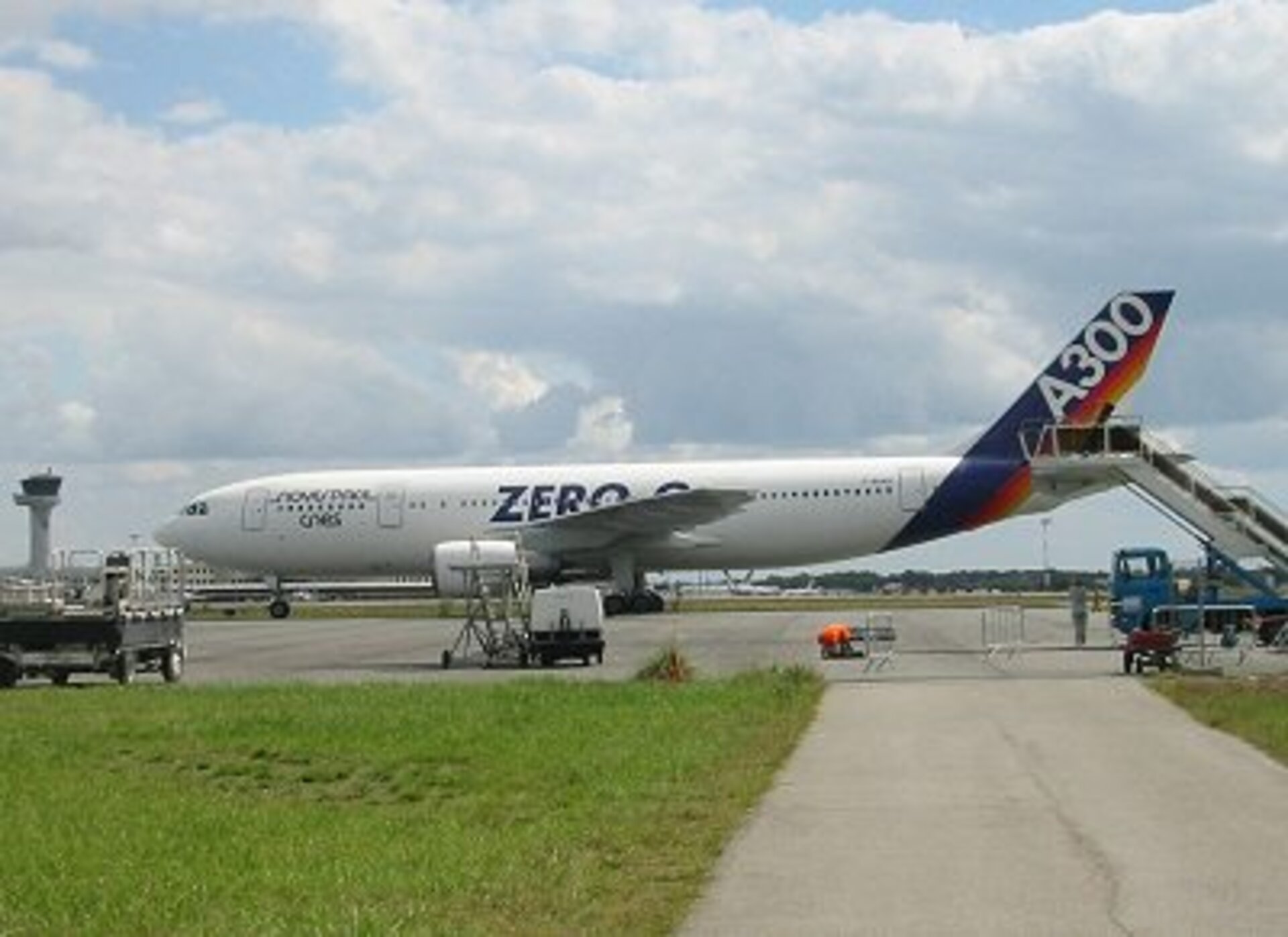The Airbus A300
Science in weightlessness
The only way to get away from the sensation and effects of gravity is to give in to it. That is why the 'Zero-G' Airbus A300 that ESA uses for parabolic flights has to 'freefall' through the air - with no force other than gravity acting on it - to generate 20 seconds of weightlessness at a time. It would be a lot easier if we could just flick a switch.
Except that gravity cannot be turned off. Science fiction writers might casually invent gravity-reducing gadgets with a swish of the pen, but real life is tougher.
Scientists can study the behaviour of liquids and gases in weightlessness
This is a fact of life that is frustrating for many scientists, because the force of gravity distorts the underlying physical processes they attempt to study. Pinned down at the bottom of Earth's 'gravity well', we're hardly conscious of it, but gravity changes the way matter and energy interact, how gases and liquids behave, even the way that fire burns.
Gravity still reaches up to spacecraft in Earth orbit. It inexorably pulls them downward but they fly so fast - over 25 times the speed of sound - that they constantly bend around the curve of Earth instead of crashing into it. Centrifugal force cancels out gravitational force and the spacecraft remains in continuous freefall. The result is 'weightlessness', also called microgravity.
But it remains a difficult and expensive task to accelerate a payload up to orbital velocity. There are other means of creating microgravity without going so fast and so far – at least for a very short while.
Kongsikan artikel ini:
Ikuti kami di Facebook, Twitter, dan Telegram untuk berita terkini setiap hari.
klik 👉 https://t.me/BeritaUp2Date









